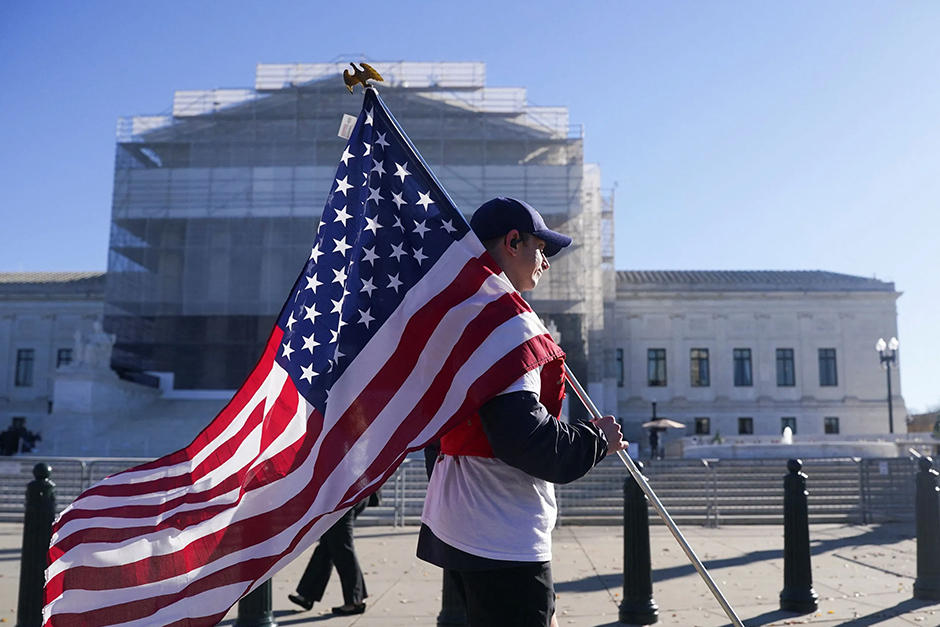Imagine the grand chamber of the Supreme Court, a place where history is made and presidential powers are often defined. Recently, the highest court in the land turned its gaze to a case involving former President Trump’s tariffs, and what unfolded was a fascinating deep dive into the limits of executive authority. The justices didn’t shy away from asking tough questions, scrutinizing the very foundation upon which a president can wield sweeping economic power under the banner of national security.
The Heart of the Matter: Tariffs and National Security
At the core of the debate is Section 232 of the Trade Expansion Act of 1962, a law that allows a president to impose tariffs on imports if the Commerce Department determines they threaten national security. Former President Trump famously invoked this power to levy duties on steel and aluminum from various countries, including close allies. The administration’s argument? That reliance on foreign steel and aluminum, even from friends, posed a threat to America’s defense industrial base, making it vulnerable in times of crisis.
But critics, and the plaintiffs in this particular case (a steel importer), argued that these tariffs were less about genuine national security and more about broader economic protectionism – a distinction the law might not fully empower the president to make unilaterally. They contended that using ‘national security’ as a blanket justification, without clearer parameters, could open the door to unchecked presidential power over virtually any aspect of trade, transforming a specific, emergency power into a general economic tool.
A Presidential Power Play? Justices Grill Arguments
Inside the courtroom, the justices wasted no time in probing the expansive claims of presidential power. It wasn’t just about whether steel imports actually threaten national security; it was about who decides such a broad question, and with what meaningful limits. The line of questioning often veered into hypotheticals, exploring the outer bounds of Section 232.
Justice Elena Kagan, for instance, pressed on the implications of such broad authority, questioning if a president could, in essence, declare anything a national security threat if they ‘squinted’ hard enough – even something as seemingly innocuous as imported blueberries if they were deemed vital to national morale. Other justices raised concerns about Congress’s role in trade policy. Had Congress, by enacting Section 232, essentially handed over a blank check to the executive branch, or were there implied guardrails intended to preserve legislative authority over commerce?
The central tension revolved around the concept of delegation: how much power can Congress legitimately delegate to the President, and when does such delegation become an unconstitutional abdication of legislative responsibility? The court seemed acutely aware that its decision could either solidify or significantly curtail future presidents’ ability to wield sweeping economic powers under the guise of national security. As one legal observer noted during the proceedings, “The justices are clearly grappling with the line between legitimate executive action and an overreach that could swallow Congress’s authority on trade. It’s a fundamental question about the separation of powers that has implications far beyond this specific trade dispute.”
The Stakes of the Decision
The Supreme Court’s deliberations are far from over, but the questions raised during the arguments underscore the gravity of the case. It’s not just about tariffs on steel and aluminum; it’s about the fundamental balance of power within the U.S. government. The justices are weighing historical precedent, statutory interpretation, and the potential for abuse of executive power against the need for a president to act swiftly in matters of national security.
Whatever the eventual ruling, it will undoubtedly shape the future landscape of presidential authority in trade and beyond, sending a clear message about the boundaries of the Oval Office’s reach.




